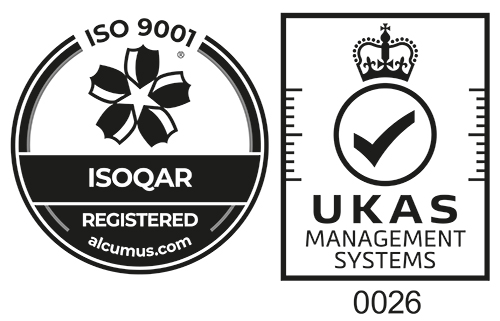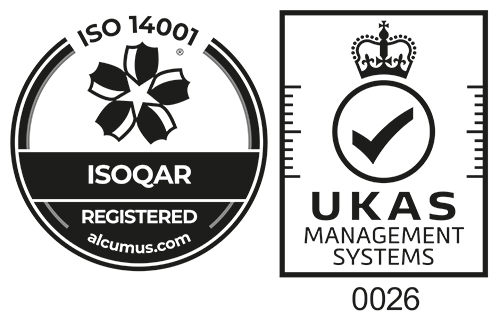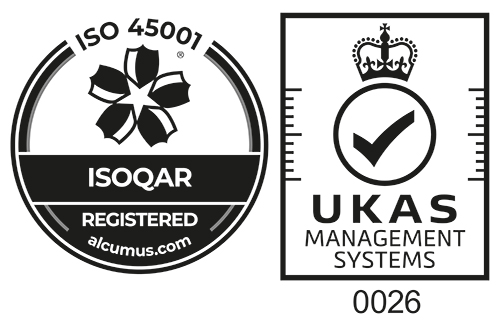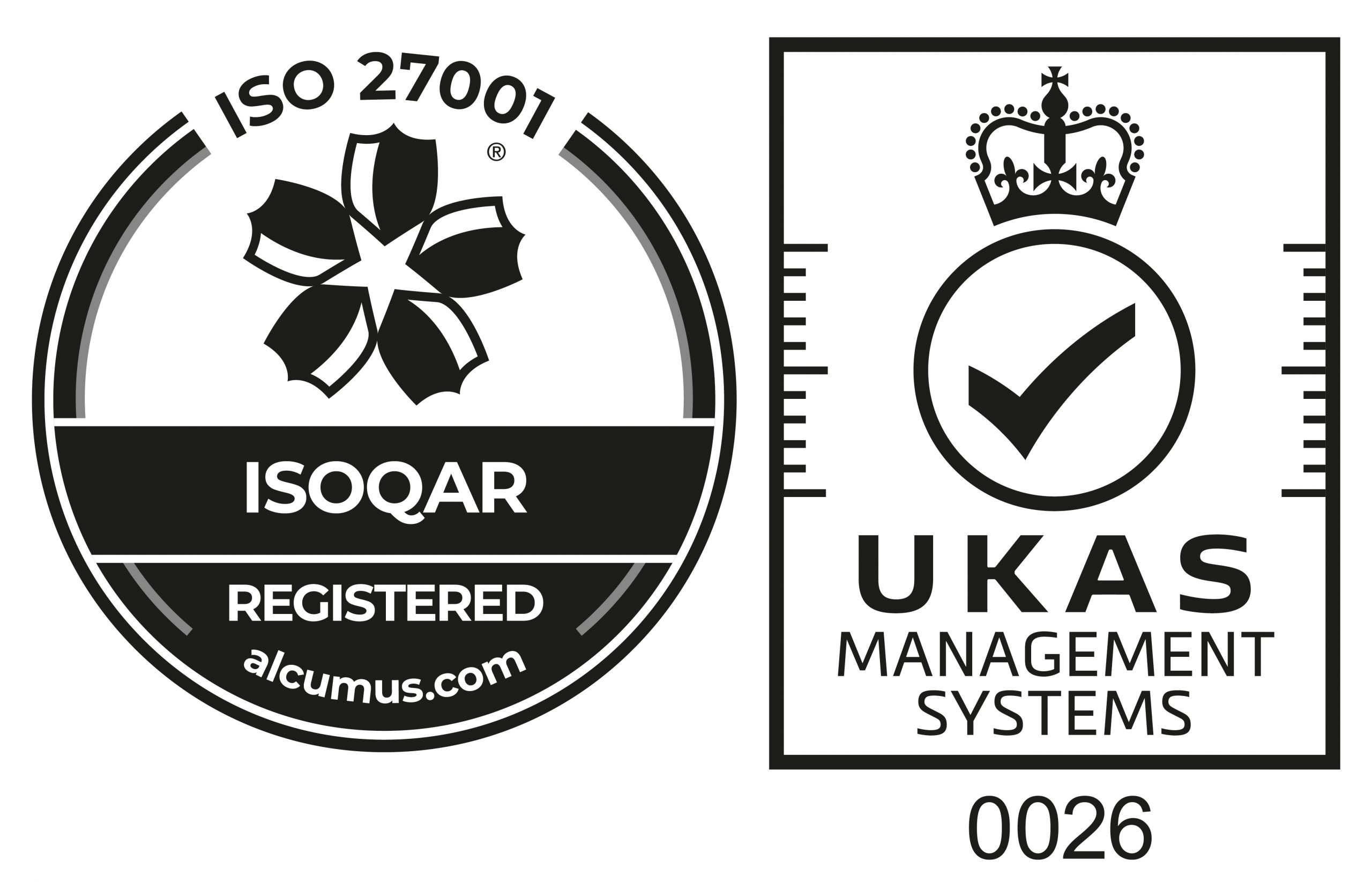A Misused Word
 One of the most misused words used in the construction industry is ‘competent person’1. Any construction site manager after completing a one day IOSH Working safely course2 may consider him or herself as a competent person. Sometimes a job title such as ‘site manager’ makes someone to be considered as a competent person.
One of the most misused words used in the construction industry is ‘competent person’1. Any construction site manager after completing a one day IOSH Working safely course2 may consider him or herself as a competent person. Sometimes a job title such as ‘site manager’ makes someone to be considered as a competent person.
So what is the correct definition of a competent person?
HSE3 defines a competent person as
“someone who has sufficient training and experience or knowledge and other qualities that allow them to assist you properly. The level of competence required will depend on the complexity of the situation and the particular help you need.”
However, in the definition of competent in the HSE Construction (Design and Management) Regulations 20154 competent means
“to perform any requirement and avoid contravening any prohibition imposed on a person by or under any of the relevant statutory provisions”.
Which means someone who:
-
- is able to perform a job effectively
- can identify whether their surroundings or work area is hazardous or dangerous not only to themselves but others
- has the knowledge and authorisation to take corrective action quickly.
[wpc_featured_box image=”1066″ video_url=”https://www.youtube.com/watch?v=2Sbs_t_dJ8Y”]
Basically in terms of a competent person in the construction industry, this means that the individual is knowledgeable and in charge. Yet, being a competent person isn’t just about the level of training a person has received. Nor is it simply a matter of being in a managerial role and certainly just not matter of being designated.
Knowledge and Action
A competent person in construction is one who:
- Knows the hazard is likely to exist
- Knows how to control and eliminate the hazard
- Has been given authority to promptly correct the hazards
Experts say that a competent person should not be chosen lightly. This is because he or she needs to be qualified to identify and tackle the hazards associated with a particular operation. For instance, if work is being performed on scaffolding, the competent person must be knowledgeable about scaffolding hazards. This knowledge can usually come from a combination of person’s skills, experience and training.
The Role of the Competent Person
The role of competent person has traditionally fallen on the shoulders of first line supervisors. However, the first line supervisor is often least prepared for the task. It may be that he or she isn’t capable of recognising a particular hazard. That they don’t know the right way to tackle a hazard. Or they haven’t been given sufficient resources to deal with the hazard, or they simply don’t want to deal with it. In overseeing the work for quality, scheduling and other requirements, the supervisor often fails to recognise the critical importance of identifying and correcting hazards promptly. As a consequence, that person, regardless of any kind of designation or training, simply isn’t being competent for purposes of HSE – more importantly, preventing accidents.
Number of Hazards
The frequency of inspections for safety is based on the degree of hazards at a project. On one day, a competent person will be in the site office catching up on necessary paperwork, and the next, three contractors will be working on top of each other requiring greater attention to safety oversight.
At all places at all times if hazards are always coming and going, how can one possibly predict every unsafe act or condition? The answer again is simple. One can’t. What is possible however, is a competent person’s understanding that if specific work rules and guidelines are regularly spelled out and are uniformly enforced, then hazards can get eliminated as they are identified. This allows the workers themselves to become competent – shouldering a lot of the safety burden in the process.
As Judith Hackitt, HSE’s Chair said5,
“the essence of competence is relevance to the workplace. What matters is that there is a proper focus on both the risks that occur most often and those with serious consequences. Competence is the ability for every director, manager and worker to recognise the risks in operational activities and then apply the right measures to control and manage those risks.”
Competent person vs. Qualified person
In addition to a competent person, some HSE and other international regulatory standards sanction the designation of a ‘qualified person’. Experts are quick to point out that although the two have some similarities, notable differences also exist6.
While a competent person should be able to identify hazards around them and has the authority to take action to mitigate them, a qualified person is required to have a recognised qualification such as a degree, certificate etc. They might also have considerable experience and capability to solve problems that arise, including possibly technical knowledge or interpersonal skills for a specific work place issue.
For example, in a trenching operation, a competent person must be able to identify hazards within the operation and solve those issues; a qualified person however has the knowledge to design the protective system in the trench.
It may be possible for a single individual to be both a qualified person and competent person, but it may not be possible for every situation. In the end, a competent person may not be a qualified person just because of the different degree of knowledge and training that’s required but they do need to demonstrate they are competent in the role they have been given.
Sources
1 Main source for this article Safety and Health Magazine http://www.safetyandhealthmagazine.com/articles/what-is-a-competent-person-2
2 IOSH Working safely course https://www.iosh.co.uk/Training/IOSH-training-courses/Working-safely-course.aspx#coursedetail
3 HSE a Competent Person http://www.hse.gov.uk/involvement/competentperson.htm
4 HSE Managing Health and Safety in Construction: Construction (Design and Management) Regulations 2015 http://www.hse.gov.uk/pubns/books/l153.htm
5 HSE On what is competence http://www.hse.gov.uk/competence/what-is-competence.htm
6 Safety and Health Magazine http://www.safetyandhealthmagazine.com/articles/what-is-a-competent-person-2





